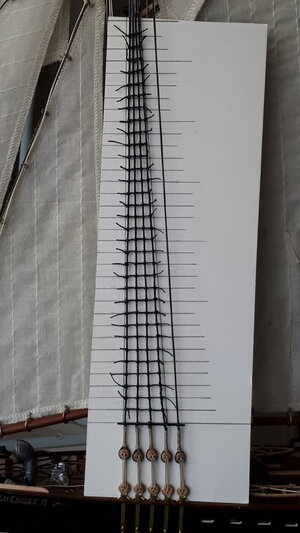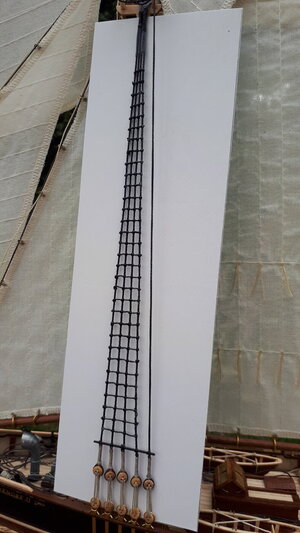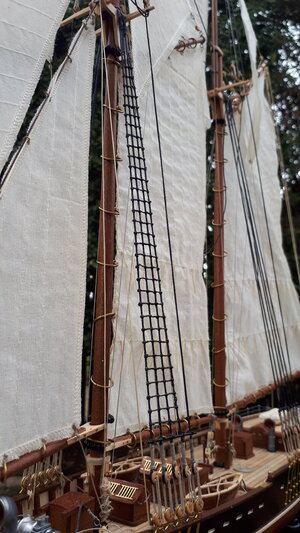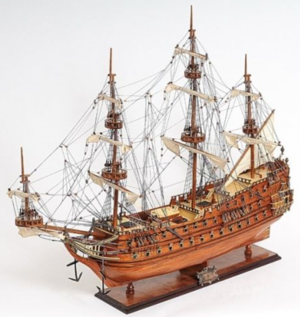It seems that the process of rigging a ship begins with the masts, so I gathered together some of the bits and bobs that attach to the mainmast, foremast and their respective topmasts.
View attachment 274496
Assembling the trestletrees was easy enough, and probably a good place to start as part of their function is to link the lower and topmasts together.
View attachment 274497
It seems there are many ways to taper masts by way of lathes, drills, wood planes, files and sandpaper. I invested in a small hobby plane at the start of this build but don't trust my skill in using it properly yet, and resorted to tapering the masts by hand using fine sandpaper instead. I followed the same technique as Artesania demonstrate in a video that came with the kit. They break down the area to be tapered into equidistant sections and start by planing the end section first, then the second last section as well as the end section just planed, and so on until all sections are complete. This effectively creates a taper from the final section to the first (top of the mast) section. I emulated the technique with sandpaper and it seemed to work out ok

(wipes brow)
View attachment 274498






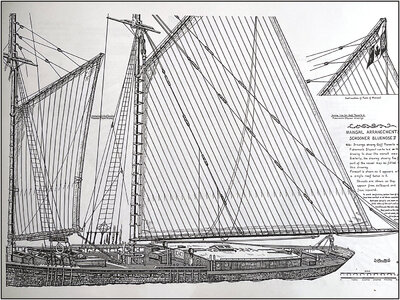
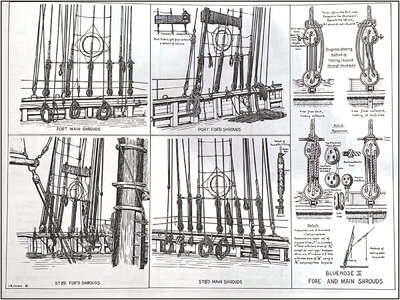
 . And Sasha .... no, I was not able to climb a step of 80cm high, maybe you need sea legs for that?
. And Sasha .... no, I was not able to climb a step of 80cm high, maybe you need sea legs for that? 
